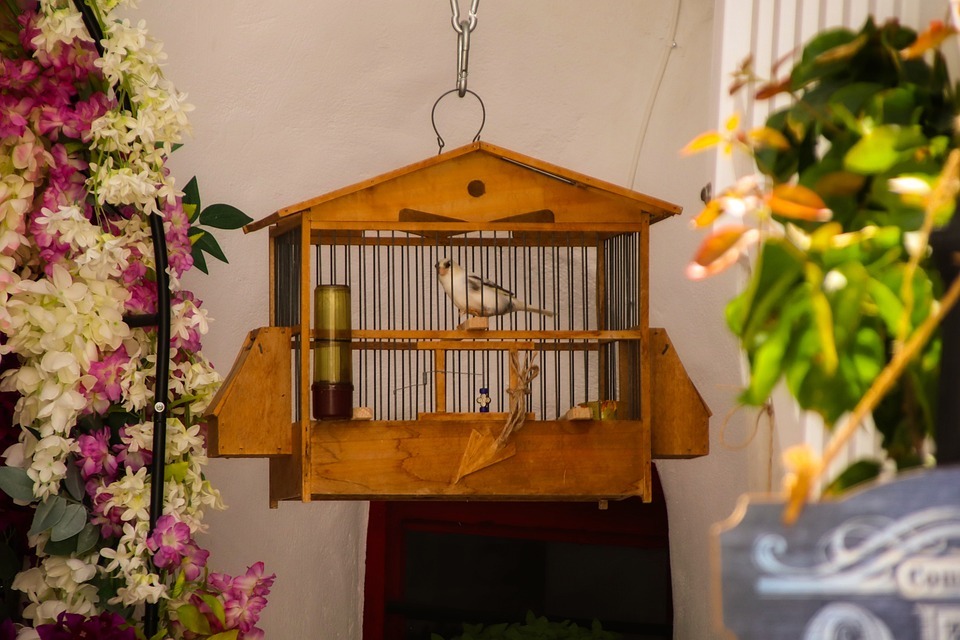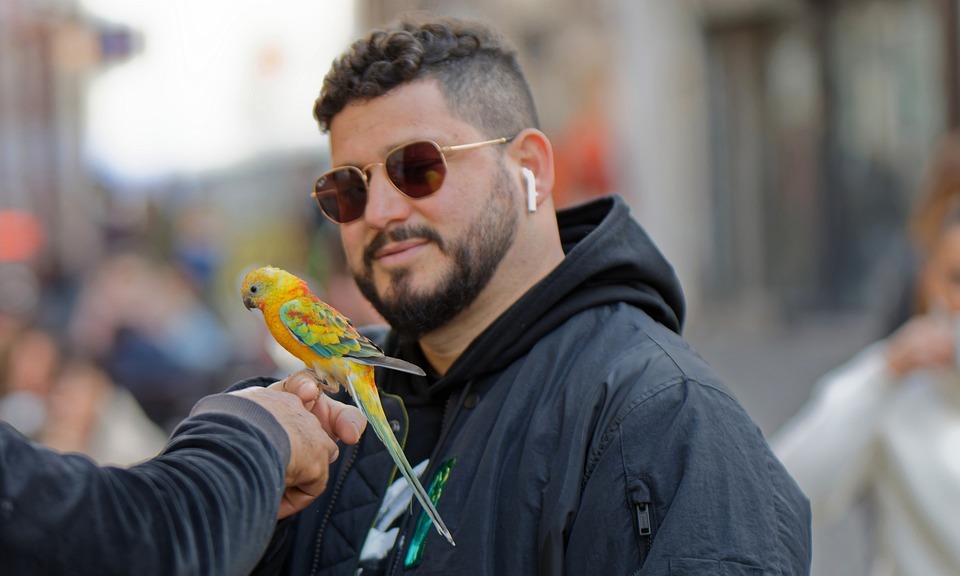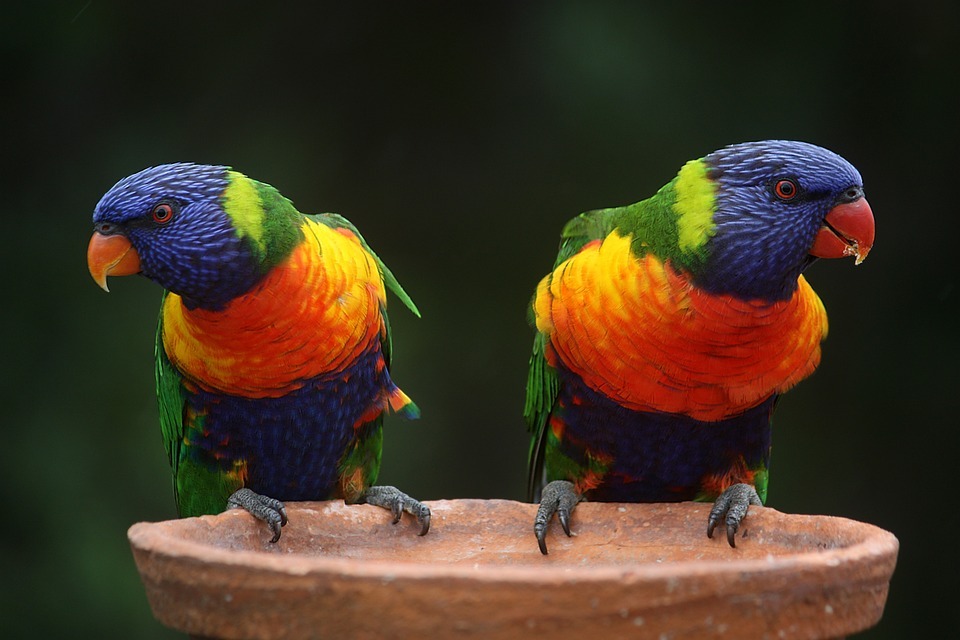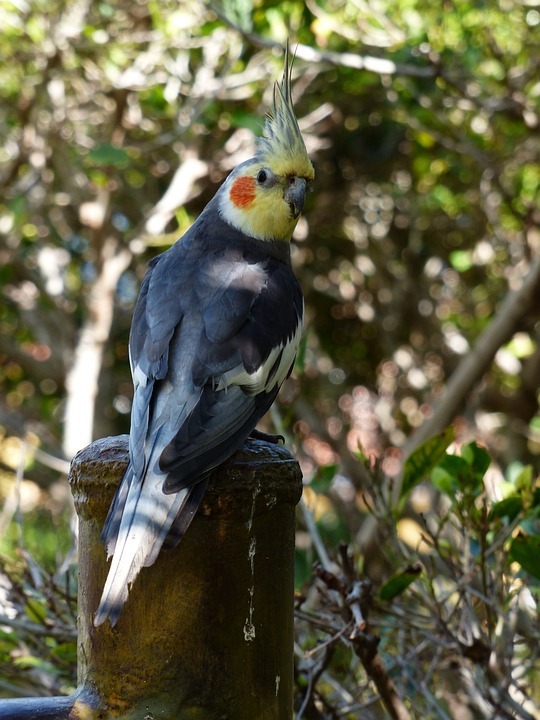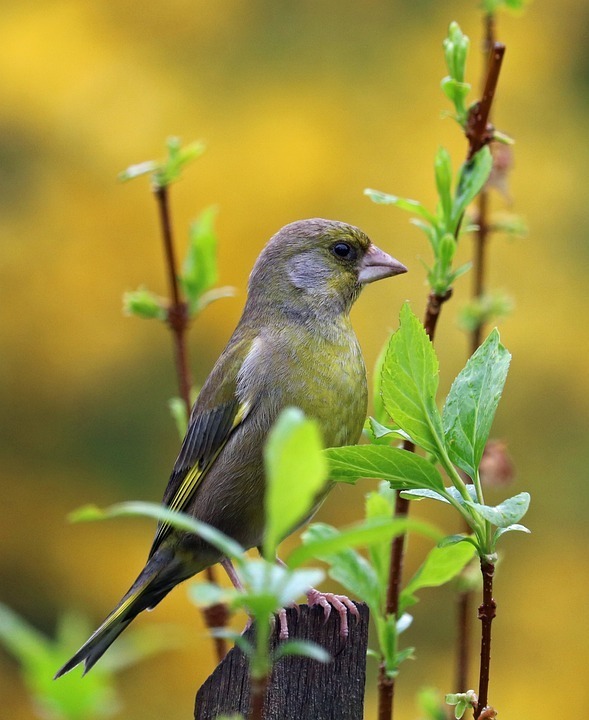Background
Depending on the species and level of care needed, keeping a bird can cost anywhere from a few hundred dollars to several thousand. Food, shelter, and veterinary care are some basic expenses. Some birds, such larger parakeets and parrots, can survive for decades and demand a considerable investment in suitable housing and a varied food. Toys and grooming supplies might potentially rack up additional costs over time.
Also, certain bird species need expensive supplements and/or specialized diets. Having a bird can be a big financial commitment overall, so prospective owners should think carefully about the costs over time before deciding.
History
Since birds were first domesticated as pets, there has been a rise in the price of having one. Evidence of domesticated birds reaching back to ancient Egypt, Greece, and Rome indicates that people have kept birds as pets for thousands of years. Due to lower costs for food, veterinary care, and other supplies, having a bird was not as expensive as it is now. For their beauty, songs, or for use in hunting, birds were frequently maintained.
Financial Cost of Owning a Bird
A new bird might be thrilling, but it can also be expensive. Your new bird will require a variety of supplies, as well as a first checkup with a veterinarian to make sure it’s healthy. Before buying or adopting a bird, careful planning is required. The planning process will be helped by carefully weighing all available options because dealing with birds can be time and money consuming.
Adaption
A lovely bird, even a large or expensive bird like a macaw or African grey parrot, can be acquired by adopting one that has to be rehomed or is from a rescue. Depending on the species of bird, adoption fees can reach $100. Adoption fees guarantee the bird is placed in a good family ready to meet its needs and help charities continue to rescue animals.
Supplies
Depending on the sort of bird you purchase, the price of its supplies will be very different. A large bird will need more food than a tiny bird and will need a larger cage, cage cover, and perch. What kind and size of bird you want to bring home will probably depend on these prices.
Health Care
If your bird just needs a nail or wing trim once a year, going to the vet would be more affordable than needing lab work or radiography. It’s possible that your bird needs annual checkups, which will raise your annual spending budget’s base cost. This price will increase if your bird needs vitamins or medicines.
Check-Ups
Depending on where you live and how many exotic doctors there are in your area, the cost of checking out your bird will change. You can compare prices in your neighborhood and conduct research to discover the best veterinarian to take care of your bird’s health if it requires yearly checkups. Discuss this with your veterinarian prior to the appointment as some birds may become stressed when taken out of the house.
Vaccinations
Fortunately, few birds require vaccinations. Even though there is a vaccination for the polyomavirus, only parrot-type birds who are at high risk for the virus should receive it. This includes birds that reside with breeders, in pet shops and other public places, or in a house with several other birds. You may view this expense as more incidental than necessary because this vaccination is not administered every year. If your bird needs this vaccination, it will require a series of two shots, which typically cost between $40 and $60 each.
Food
The brand of food you feed your bird and the store where you buy it will affect the annual cost of your bird’s diet. It also determines what size the bird is, with a macaw needing a lot more food annually than a canary. Depending on their medical requirements, some birds will need to have their diets changed, while others will require supplements or fresh foods to be added to their commercial bird food.
High maintenance birds
High maintenance birds are typically those that require a significant amount of care and attention in order to thrive. Some examples of high maintenance birds include:
Parrot
Many parrot species are renowned for their social complexity and intelligence, including African greys, Amazons, and macaws. They need a sizable cage or aviary, a diversified diet, and a lot of interaction and excitement. They will stay with you for many years because they have a lengthy lifespan.
Cockatiels
Cockatiels are known to be quite demanding birds, despite their small size; they want a lot of engagement and attention. In addition, they need a cage big enough for them to fly and move about comfortably, a balanced diet, and frequent grooming.
Finch
Finches are much more active than parrots despite being smaller, and they require a lot of area to fly around. They also need a lot of toys to keep them occupied, a varied food, and regular cage cleaning.
Poultry
Some types of poultry, such as chickens and ducks, require a lot of care, such as consistent feeding, upkeep, and medical attention. They also require a safe location for them to eat and drink, as well as a secure home or cage.
Ways on how to know if a bird needs high maintenance
- Research the specific needs of the bird species – Find out what type of food they eat, how large their cage or aviary should be, and what their exercise and socialization needs are. Some birds, like parrots, require a varied diet and a lot of interaction and stimulation, while others, like finches, need a lot of space to fly around.
- Look into the species’ lifespan – Some birds have a longer lifespan than others, and this can affect the amount of care and attention they require over time. Birds that live for a long time like parrots, may require a significant investment in proper housing and a varied diet.
- Check the bird’s grooming needs – Some birds, like Cockatiels, require regular grooming to keep their feathers healthy and clean. This can be an additional cost and time commitment.
- Consult with a veterinarian or avian expert – They can provide insight into the specific needs of a bird species and whether it is considered high maintenance or not.
- Check online resources – Many online forums, websites, and social media groups can provide you with information and advice from people who own birds of the species you are interested in.
It’s important to remember that all birds require some level of care and attention, but some species are considered to be high maintenance due to their specific needs and long lifespan. By considering these factors, you can make an informed decision about whether a particular bird species is a good fit for you and your lifestyle.
Conclusion
Investing a lot of money in a bird might be costly. The price of housing, food, veterinary care, and other expenses can rise. Depending on the species and level of care needed, keeping a bird can cost anywhere from a few hundred dollars to several thousand. So before getting a pet bird, you should know first the possible cost.

